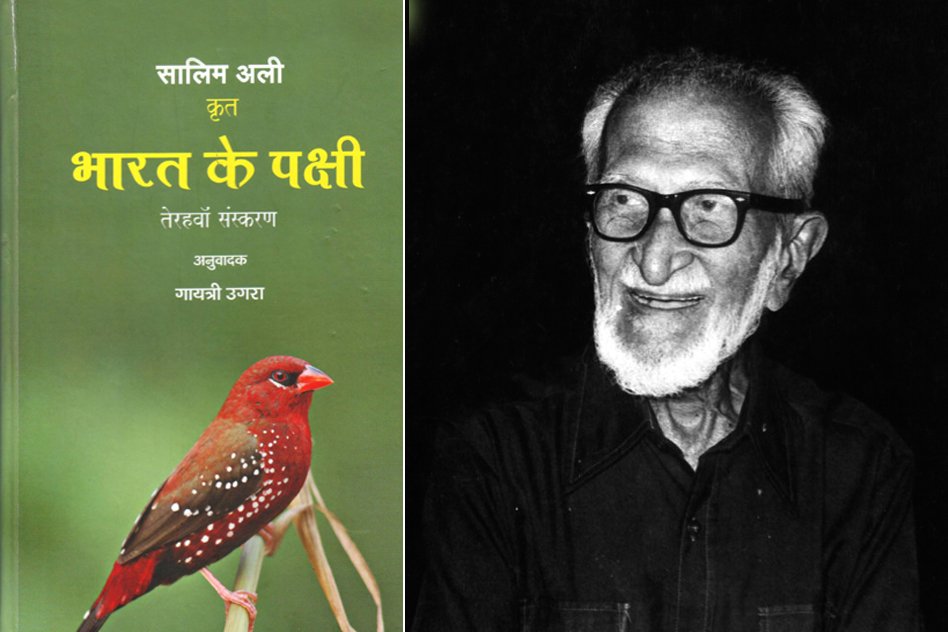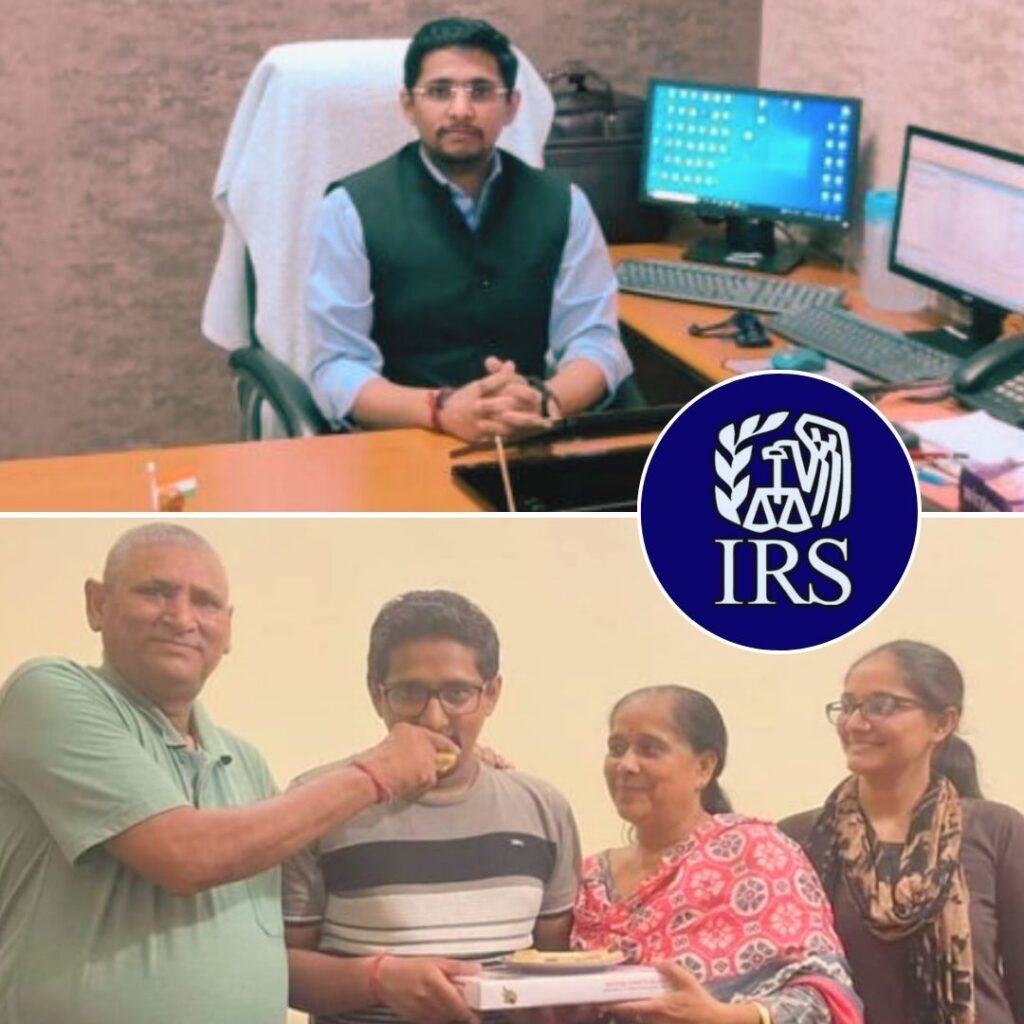Image Courtesy: blogspot wikimedia
Personal Details
Born on November 12th, 1896 to Moijuddin and Zeenat-un-Nisa in Mumbai, Salim was the youngest among nine siblings. He lost his father at the age of one and mother at the age of three. He was brought up by his maternal uncle Amiruddin Tayyabji who had no child. In 1918, he got married to Tehmina Begum.
Educational Details
Salim went to primary school at Zenana Bible and Medical Mission Girls High School at Girgaum along with two of his sisters and later to St. Xavier’s College, Mumbai.
Early Inclination Towards Birds
As a 10-year-old, Salim once noticed a flying bird and shot it down. Tender at heart, he instantly ran and picked it up. It appeared like a house sparrow, but had a strange yellowish shade on the throat. Curious, he showed the sparrow to his uncle Amiruddin and questioned him about the bird’s kind. Unable to answer, his uncle took him to W.S. Millard, the Honorary Secretary of the Mumbai Natural History Society. Amazed at the unusual interest of the young boy, Millard told him about the ‘yellow-throated sparrow; took him to see many stuffed birds. When Salim finally saw a bird similar to the child’s bird, he got very excited. After that, the young Salim started visiting the place frequently. Salim’s flight with birds started from there and never stopped.
The Struggle, Spark & Success
To assist his brother in tungsten mining, Salim Ali went to Burma, but spent most of his time looking for birds. Soon, he returned to Mumbai. Immediately after returning he studied zoology, and secured a position of a guide at the museum of the Bombay Natural History Society. As only 20 years old, he conducted the visitors and instructed them about the preserved birds. His interest in the living conditions of birds grew even more. Therefore, he visited Germany to see Dr. Irvin Strassman. He came back to India after one year and found that his post in the museum had been removed for financial reasons.
Contributions
• Besides the re- discovery of rare species of Finn’s Baya in the Kumaon Terai, Dr. Ali had authored numerous books, including the Book of Indian Birds, a Bible for budding ornithologists. Books on the birds of Kutch, Kerala, Sikkim, the 10-volumed Birds of India and Pakistan (with S. Dillon Ripley, a young Zoologist with U.S. Army in Sri Lanka) and the Indian Hill Birds.
• Salim Ali has done more than any individual to popularize the study of birds in India. Several species of birds and a couple of bird sanctuaries and institutions have been named after him.
• He was very influential in ensuring the survival of the BNHS and managed to save the then 100-year-old institution by writing to the then Prime Minister Pandit Nehru for financial help.
• He was able to provide support for the development of ornithology in India by identifying important areas where funding could be obtained. He helped in the establishment of an economic ornithology unit within the Indian Council for Agricultural Research.
• Salim Ali had considerable influence in conservation related issues in post-independence India especially through Prime Ministers Jawaharlal Nehru and Indira Gandhi.
• He influenced the designation of the Bharatpur Bird Sanctuary and in decisions that saved the Silent Valley National Park.
• Salim Ali was a frequent visitor to The Doon School where he was an engaging and persuasive advocate of ornithology to successive generations of pupils. As a consequence, he was considered to be part of the Dosco fraternity and became one of the very few people to be made an honorary member of The Doon School Old Boys Society.
Awards & Recognition
Salim Ali received several honorary doctorates and numerous awards, which are difficult to be listed below as a whole.
• The earliest was the “Joy Gobinda Law Gold Medal” in 1953, awarded by the Asiatic Society of Bengal.
• In 1967 he became the first non-British citizen to receive the Gold Medal of the British Ornithologists’ Union.
• In the same year, he received the J. Paul Getty Wildlife Conservation Prize consisting of a sum of $100,000, which he used to form the corpus of the Salim Ali Nature Conservation Fund.
• In 1969 he received the John C. Phillips memorial medal of the International Union for Conservation of Nature and Natural Resources.
• The USSR Academy of Medical Sciences gave him the Pavlovsky Centenary Memorial Medal in 1973.
• In the same year he was made Commander of the Netherlands Order of the Golden Ark by Prince Bernhard of the Netherlands.
• The Indian government honored him with a Padma Bhushan (third highest civilian award of the Republic of India) in 1958 and Padma Vibhushan (second highest civilian award of the Republic of India) in 1976 .
• He was also nominated to the Rajya Sabha in 1985.
We can never thank you enough, ‘Birdman of India’.
Watch documentary on Salim Ali by Films Division
Submitted By –Bhumika Tiwari











